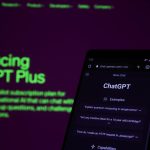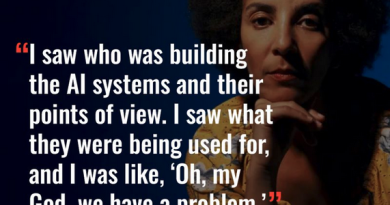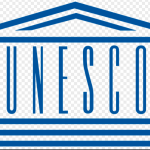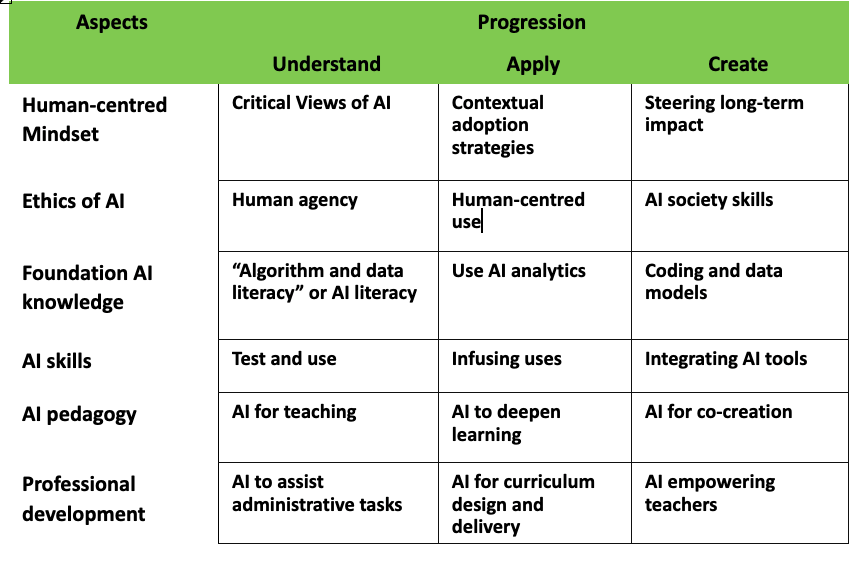Writing prompts for teaching with AI
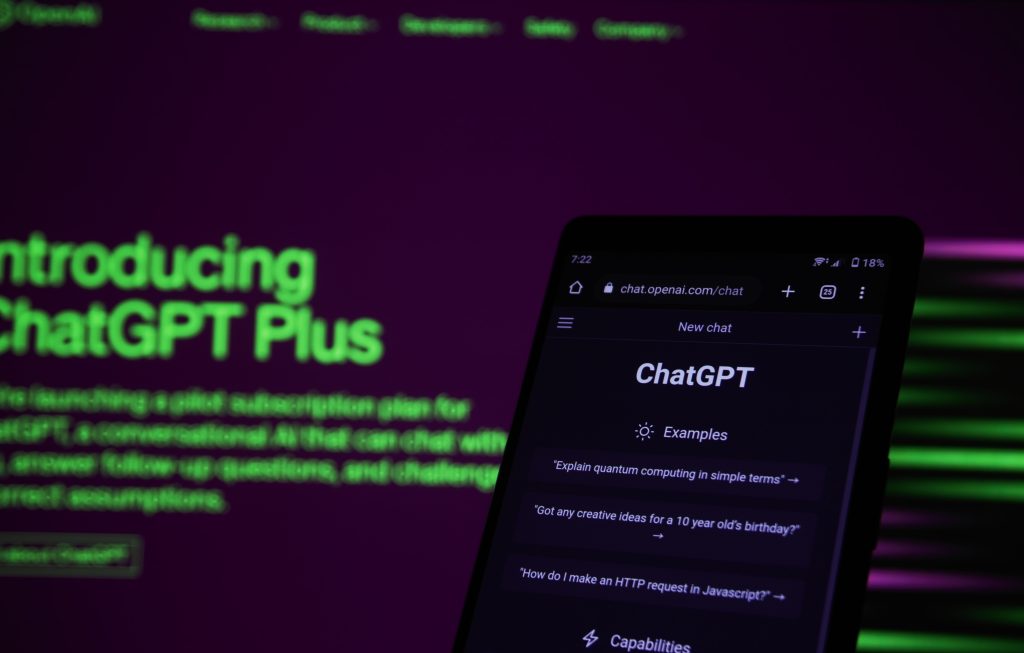
Photo by Mojahid Mottakin on Unsplash
The question I get asked most by teachers and researchers about Generative AI is how to improve on prompts. Much as I dislike the term 'prompt engineering', there certainly seems to be a skill to getting the best out of an AI, especially in the field of education. And it also seems that longer and more detailed prompts often bring better results, as does providing a series of prompts on a theme, Open AI have recently released a a guide for teachers using ChatGPT in their classroom - Teaching with AI. It includes suggested prompts, an explanation of how ChatGPT works and its limitations, the efficacy of AI detectors, and bias. Most of the suggested prompts are from work by Ethan Mollick and Lilach Mollick. You can watch their Practical AI for Teachers and Students on YouTube. Here is a prompt entitled 'Come up with lesson plans' from the Open AI Guide.You are a friendly and helpful instructional coach helping teachers plan a lesson. Firstly introduce yourself and ask the teacher what topic they want to teach and the grade level of their students.. Wait for the teacher to respond. Do not move on until the teacher responds. Next ask the teacher if students have existing knowledge about the topic. If the students have existing knowledge about the topic ask the teacher to briefly explain what they think students know about it. Wait for the teacher to respond. Do not respond for the teacher. Then ask the teacher what their learning goal is for the lesson; that is what they like students to understand or be able to do after the lesson. Wait for the response. Given all this information, create a customized lesson plan that includes a variety pf teaching techniques and modalities including direct instruction, checking for understanding (including gathering of evidence of understanding from a wide sampling of students), discussion, an engaging in-class activity, and an assignment. Explain why you are specifically choosing each. Ask the teacher if they would like to change anything or if they lost any misconceptions, work with the teacher to change the lesson and tackle misconceptions Then ask the teacher if they would like any advice about how to make sure the learning goal is achieved. Wait for a response. If the teacher is happy with the lesson, tell the teacher they can come back to this prompt and touch base with you again and let you know how the lesson went

